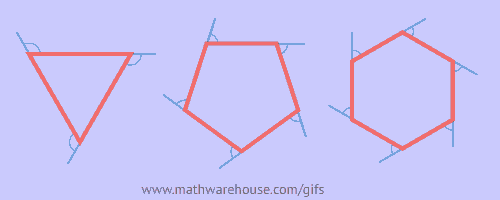Objective: To assist students with number sense.
The story:
Pumpkins have been cut with different amounts of teeth, sometimes equal on the top and bottom but usually a different amount of teeth on the top and bottom.
Grade 1 - 2: Print of pages 1 and 2 of Pumpkin Template
- Provide students each with 4 blocks (or counters) and have them put them inside the large pumpkin mouth (page 1 of template). Ask students to stand up and walk around and do a gallery walk of different ways to arrange 5 teeth into the pumpkin.
- Draw 5 pumpkins on the board and ask students if they can determine all the ways to arrange 4 teeth. (5 different ways; 0 teeth on top, 1 on top, 2 on top, 3 on top or all 4 teeth on top)
- Have students flip over their sheet (page 2 of template), and give students 1 more block (a total of 5 blocks each), and ask them to show all the different ways to arrange 5 blocks.
- Complete a gallery walk again.
- Ask if we, as a class, figured out all the ways to arrange 5 teeth?
Grade 3 - 5: Print off pages 2 and 3 of Pumpkin Template
Might want to use part of the previous ideas and then…. Give students the second page template, and a handful of blocks...
- Using page 2, Ask students how many different ways are there to arrange:
- 1 tooth? (2 ways)
- 2 teeth? (3 ways)
- 5 teeth? (6 ways)
- 10 teeth?
- What if there were 50 teeth?
- Is there a pattern?
- Using page 3, provide students each with 5 blocks (or counters) and have them put them inside either of the pumpkins, all in one pumpkin, or some in one and some in other.. Ask students to stand up and walk around and do a gallery walk of different ways to arrange 5 teeth into the 2 pumpkins.
- Using page 2, Ask students if they can determine how many different ways to arrange:
- 5 teeth in 2 pumpkins?
- 6 teeth in 2 pumpkins?
- 7 teeth in 2 pumpkins?
- What about 50 teeth in 2 pumpkins?
- Is there a pattern?
Grades 6+: Print off pages 2 and 3 of Pumpkin Template:
Might want to use part of the previous ideas and then…
- How many ways can you arrange 5 teeth in 3 pumpkins?
- How many ways can you arrange 7 teeth in 4 pumpkins?
- Is there a pattern?
- How many ways can you arrange n teeth in m pumpkins?







